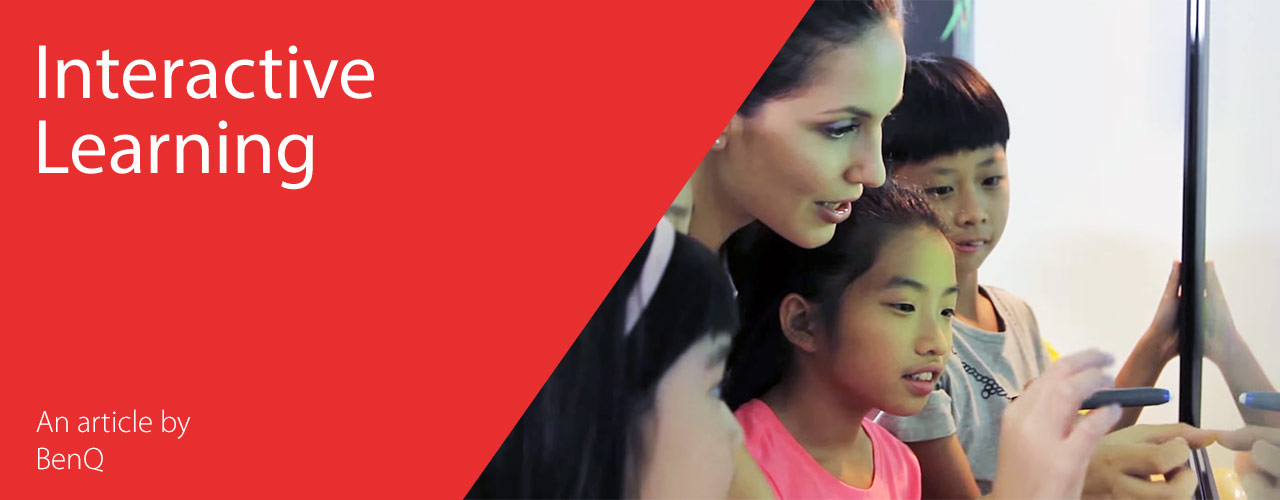Understanding the Benefits of Interactive Learning for Child Development
Unlike traditional passive learning where the teacher delivers information and the students take it in, interactive learning encourages more thinking and less memorization as the students become more active participants in the educational process. Teachers have a number of tools they can use to encourage productive student involvement, including constant dialogue, classroom technology and problem-based learning.
Keeping students engaged: Interactive learning in action
Students who are distracted or misbehaving obviously aren’t focusing on the lesson. One way to promote positive behavior and keep everyone’s attention is through constant dialogue. Teacher and students sit in a circle so they are all facing each other. Then they can respectfully share ideas, discuss problems and come to agreement on classroom issues.
Most people are already familiar with the increased use of computers in the classroom, but there is other technology specifically focused on interactive learning. Interactive projectors, for instance, are a smart collaborative tool, because they essentially turn classroom wall space into a whiteboard where students can easily build on each other’s work. Interactive flat panels also make learning more engaging and hands-on, allowing students to contribute to discussions and display accomplishments through a variety of digital devices.
Another increasingly popular version of classroom interactivity is problem-based learning. This is a technique where the teacher sets up a learning concept, and encourages the students to actively discover the answers. Interactive technology is often used for recording group discussions, or teachers can simply write notes on large sheets of paper for students to review as they work through a solution.
Preparing students for life in an interactive world
Interactive learning can be invaluable to a child on many levels. Because it involves active participation and the open-ended exploration of topics, it helps develop the critical thinking skills essential to solving problems throughout life. It also helps children become better adjusted socially, as their classroom-based collaboration will transfer to the team-based working world, and they will gain self-confidence as they become more comfortable interacting with their peers. Children today, of course, are already used to interacting with technology, but add the interaction with class members and teachers, and the benefits of interactive learning in developing a well-rounded child become exponential.
For a full list of BenQ Products we offer, head over to our Interactive Display category!



